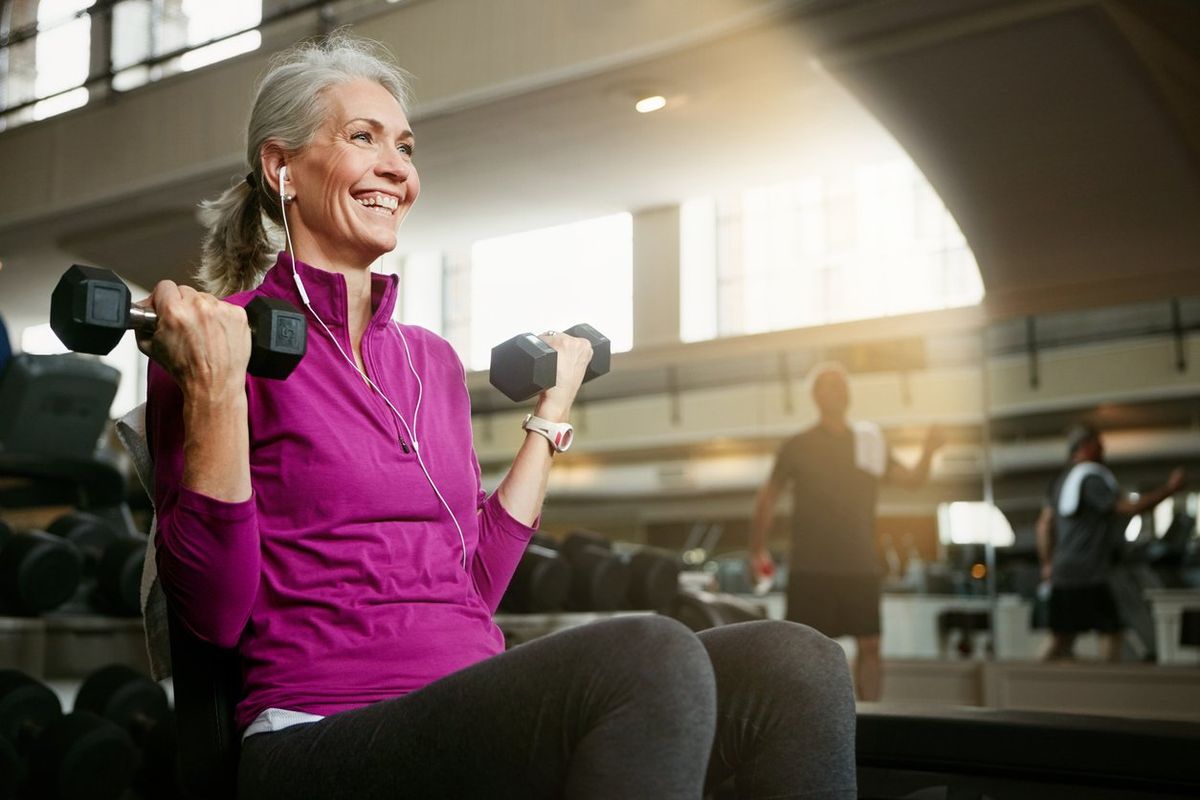Q:
When lifting weights, do I need to work certain sets of muscles in tandem? For instance, if I work out my back, should I work out my chest muscles, too, so that one doesn't get overdeveloped and affect my posture?
A:
Yes, you should make sure you work complementary muscle groups to ensure uniform development of the body. Bad posture is only one of several issues you can experience by not doing so.
As you work a muscle, such as the chest, the other muscles in your body work to stabilize and support the weight through the range of motion. To get maximum results from the exercise you are performing and to avoid the risk of injury, your stabilizing muscles must be developed equally. In your weekly routine, use the following groups: chest and back; shoulders, biceps and triceps; abdominals and lower back; and a complete upper and lower leg workout.
Women sometimes focus on exercising their abdominal muscles without integrating lower back work. This can produce an unstabilized core, opening the door for lower back injury or chronic back pain. To avoid those woes, integrate four sets on the hyperextension bench, among other lower back exercises, into your abdominal workout. If you exercise at a gym, one of the trainers there can help you choose the right movements.
Finally, it is important to include stretching in your weightlifting routine. Regular weightlifting tightens your muscles, so they need to be stretched to maintain flexibility. I recommend that you stretch between exercises, and also spend at least 15 minutes doing muscle-specific and whole-body stretching once you complete your workout. Yoga can help with this, too.







